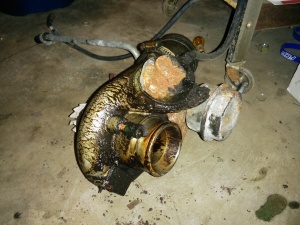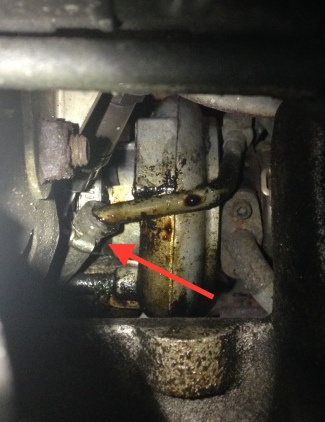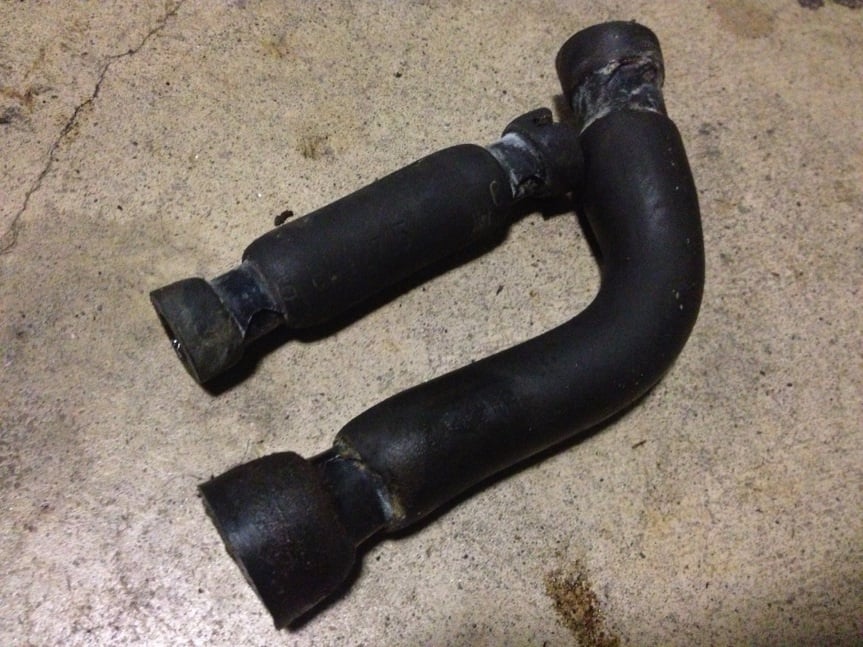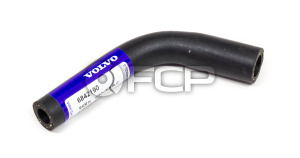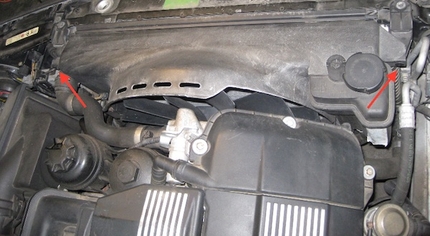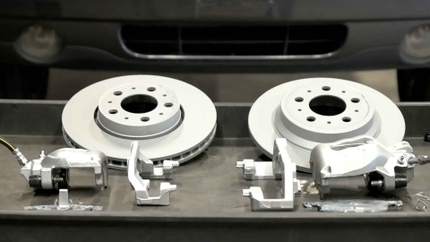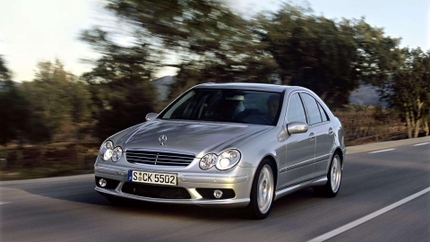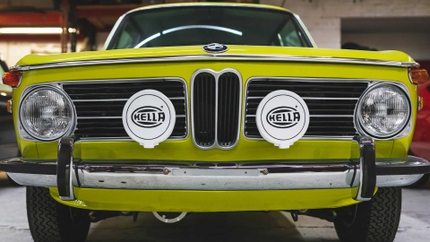- 11/01/2014
- 1 Min Read
- By: Alex Fiehl
The One Hose You Need to Replace on a Turbocharged Volvo
Reliability is in the eye of the beholder. While it has many different meanings to different types of people, it all boils down to being able to drive your car to work in the morning without worry of failure or catastrophic damage. Oil is an engine's lifeblood, so what is its coolant? It's more than just an ancillary liquid, and without a constant bath flowing through the block it spells big trouble.
With the benefit of over 230 horsepower on the Volvo 850 Turbo comes the added complexity and maintenance of the turbocharging system. Leaky bypass valves, oil-sweating silicone couplers, and loose connections generally mean your turbo will be covered in oil by 200,000 miles if it hasn't been maintained by a Volvo-wizard.
This is my old 180,000 mile turbo, and while it performed fine, the bypass valve became dried and cracked over time, seeping oil everywhere. The inlet hose also was a culprit, allowing PCV oil vapor to drip down the turbo.
What does all of this have to do with coolant?
Directly underneath the turbocharger is a vital hose responsible for directing coolant from the turbo. As oil collects on the hard-pipe coming from the turbo's center section, it drips down onto the rubber hose, weakening it over time.
I have read countless stories about these hoses failing and owners losing their engine's coolant in a matter of seconds. After 5-10 years of getting an oil bath, this hose begins to swell and become softer and softer.
1. Ensure your turbo's oil seepage is at a minimum. Install a new, soft and pliable compressor bypass valve (CBV) diaphragm which will not only help eliminate future or current boost leaks, but it will keep oil vapor in the intake tract where it belongs.
2. Use only Genuine Volvo coolant hoses - cheap knockoffs have been known to burst even when installed properly and oil-free.
3. The coolant outlet hose is another easy hose to replace, and it's best to replace these in pairs. As pictured above, it's just as likely to swell with age, even without being soaked in oil!
Parts:
Volvo Turbo Inlet Cooling Hose-At Turbo - Genuine Volvo 6842190
(For '99+ Vehicles: Volvo Turbo Hose (C70 S70 V70) - Genuine Volvo 9471700)
Volvo Return Turbo Cooling Hose (Outlet) - Genuine Volvo 30713305
Alex is FCP's Blog Editor and an IT technician from Endwell, NY. He has over 8 years of experience working on a wide array of import makes, but lately is partial to Volvo . For some reason he just purchased a Volkswagen, and is excited to see what breaks first.

